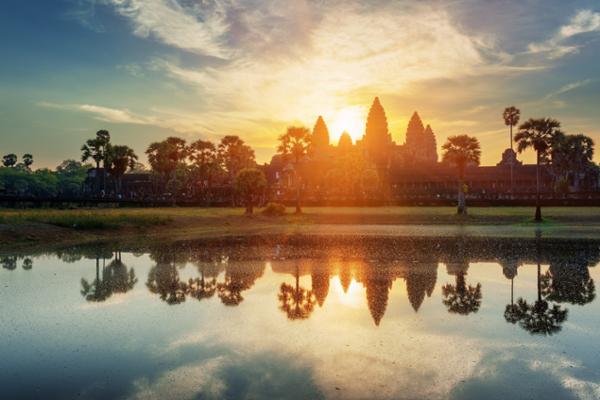
How to avoid the tourist crowds at the Temples of Angkor?
The city of Angkor is an essential stop for any traveler visiting Cambodia. The ancient capital of the Khmer Empire is a treasure trove of architecture that echoes the history of this remarkable civilization. Angkor Wat is truly one of a kind, standing as the crown jewel of a series of awe-inspiring structures. Bayon, Ta Prohm, and Preah Khan each captivate visitors with their unique character. However, the sheer volume of tourists can sometimes detract from the experience. There are specific times of day that are better suited for peaceful exploration. These times vary depending on the temple, allowing visitors to plan a highly optimized itinerary. The orientation of the temples is a key factor in understanding the sometimes frustrating movement patterns of the tourist crowds. Observe the sun—it’s no coincidence. But human greed can also play its part. The stunning lighting of Angkor Wat, which is oriented from east to west, draws large crowds at both sunrise and sunset. Yet even if one forgoes this aesthetic highlight, the temple’s splendor remains undiminished. In fact, the experience can be even more rewarding when enjoyed in surprising tranquility.
Best times to visit
Angkor Wat, Bayon, Ta Prohm, Preah Khan, and Banteay Srei are among the most visited temples within the Angkor Archaeological Park. The goal is to balance serenity with pleasure. During peak season, temperatures can soar under the midday sun. While the dry climate makes the heat more tolerable, it can still be difficult for those sensitive to high temperatures. Angkor Wat becomes heavily congested between 6:00 and 7:00 a.m. and again from 3:00 to 5:00 p.m. For the more adventurous, the ideal time to visit is from 5:00 a.m. onward. The cool early morning air is perfect not only for enjoying the first light of day inside the temple’s majestic walls but also for climbing the towers—an open and exposed area—without being overwhelmed by the heat.

(Angkor Wat at sunrise)
At Bayon, the tourist flow is relatively one-directional. Its layout, free from surrounding vegetation, makes it well suited for a morning visit. The temple is typically crowded from 8:00 to 10:00 a.m. However, this exposure also allows for a pleasant late-afternoon visit, bathed in the warm glow of twilight.

(Bayon Temple at sunset)
As a general rule, Angkor tends to empty out between noon and 2:00 p.m. This is when all the temples become more accessible. Large tour groups usually return to Siem Reap for lunch. For those unbothered by heat, this is a perfect opportunity to see as many sites as possible—Angkor Wat and Bayon included. For others, not to worry. The Angkor site abounds with natural spaces. If hunger strikes, the areas surrounding Ta Prohm and Preah Khan are perfect for a quiet snack—ideally without leaving any litter behind. Both temples are nestled within cool, shaded forests. You can explore them leisurely right afterward. These natural havens offer a refreshing way to enjoy the Khmer city during the hottest part of the day.

(Ta Prohm Temple fully integrated into the surrounding nature)
Be sure to plan your visit thoroughly. Obtain a map beforehand and design your route. Consider alternative plans in case of unexpected events to make the most of your adventure. Listed as a UNESCO World Heritage Site since 1992, the Angkor complex boasts more than 40 temples to discover—you’ll be spoiled for choice.
Thibault Bourru